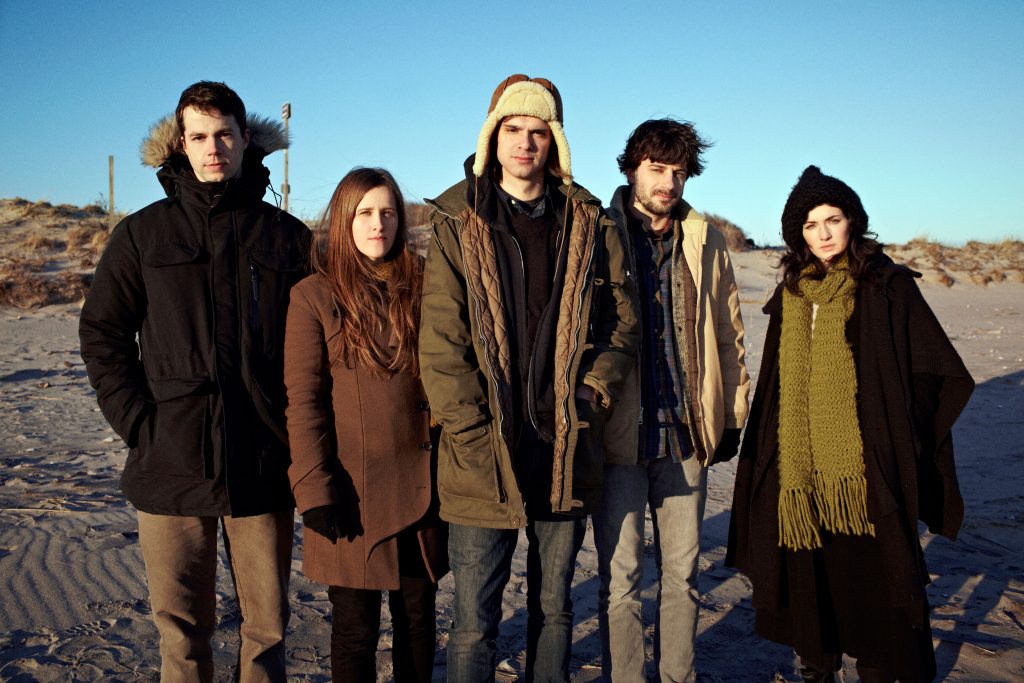Album review: Dirty Projectors “Dirty Projectors”
By Kevin Wright, Staff Writer
In an era of music streaming, YouTube, and computer created playlists, the album is becoming a lost art.
More and more people do not listen to records straight through anymore, and less artists are making records that are cohesive sonically and thematically. This is a shame, since many of the greatest records of all time are concept albums.
One theme that has appeared over and over again in the canon of American popular music is that of romantic endings, or the “breakup album”.
Some of the most critically acclaimed breakup albums of all time include Bob Dylan’s “Blood On The Tracks,” Beck’s “Sea Change,” and Kanye West’s “808s and Heartbreak.”
These records all have great artists at their top form showing their broken hearts and anguish in a way that turns pain and longing into something beautiful that we can find personal meaning and connection in ourselves.
These albums document relationships and their endings through romantic tragedies where the listener knows what the ending will be, but still longs and hopes for love to prevail.
This is what David Longstreth, the frontman of the rock band Dirty Projectors, sets out to do on his new self-titled record “Dirty Projectors.”
Listening to the record is a journey through the various stages a relationship break up can take.
The first track “Keep Your Name,” is a microcosm of the fresh and bitter feelings that accompany a break up.
There is confusion and ultimate blame in his lyrics, backed by a melancholy drum track and synthesizer progression. He wants to be together, but despairs that this cannot happen.
On “Work Together,” Longstreth compares love to a competition, and on a later track “Winner Take Nothing,” he comes to realize he doesn’t want to win this game if it means he loses himself and his lover at the same time.
The sounds on both of these respective tracks are notably inspired by popular R & B music and the experimentation of this form by Kanye West.
The beats are spliced electronic samples that evoke the chaos and combination of many feelings at the same time. This production can be overwhelming and hard to swallow on the first listen, but I found the non-orthodoxy of the record to be quite engrossing on repeated listens.
On the last track, “I See You,” a grand organ is heard over an old school hip-hop sounding drum track.
This is where Longstreth comes to the end of his break up story.
This track comes to explain the apt meaning of the title, in that he projected the ideals of love on his partner, and now that the projection is fading away, he can finally see that the moments he had were beautiful in themselves, even if they are now over. He is at peace.

